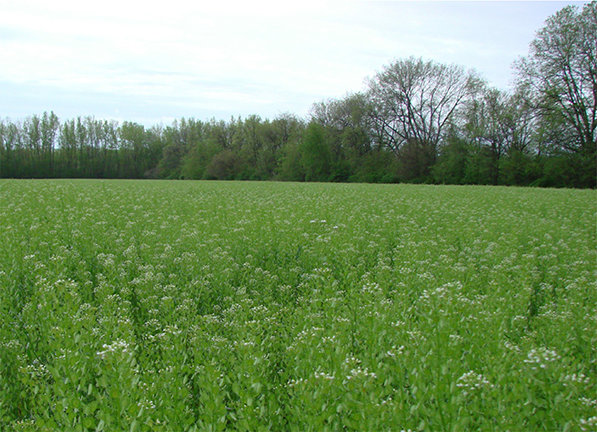Adjunct Professor
Plants are remarkable for their amazing diversity of forms. Yet despite enormous differences in their appearance, all plants have a similar underlying structure. This structure is derived from a reservoir of stem cells located at the growing tip, called the Shoot Apical Meristem (SAM). The stem cells in the SAM continuously replenish themselves and also produce daughter cells that form leaves, stems and flowers, enabling the plant to grow throughout its life. The regulation of SAM activity is therefore a key factor in driving plant yield, as larger SAMs provide more cells for flower, fruit and seed production. The molecular pathways that regulate stem cell activity are conserved across plant species, and meristem regulatory gene polymorphisms are associated with yield increases in diverse crops including rice, corn and tomato.
The goal of our research is to characterize the gene regulatory networks that maintain shoot and flower stem cell reservoirs during plant development, and to translate our knowledge of these pathways towards crop improvement and domestication. Our previous research demonstrated that an intercellular signaling pathway mediated by the CLAVATA3 (CLV3) peptide restricts stem cell activity by limiting the expression of the WUSCHEL (WUS) gene, which encodes a transcription factor that in turn promotes stem cell fate and activates CLV3 transcription. This negative feedback loop maintains stem cell homeostasis throughout the plant life cycle. We are currently analyzing the activity of additional CLV3-like CLE peptides in meristem maintenance as well as in de novo shoot regeneration. In addition, we are investigating the functions of novel regulatory factors such as ULTRAPETALA1 and UNUSUAL FLORAL ORGANS that coordinate meristem activity with the CLV-WUS signaling pathway by affecting small RNA accumulation, the activity of plant hormones such as cytokinin and auxin, as well as diverse types of chromatin modifications.

Schematic of genes networks that regulate stem cell activity in the Arabidopsis shoot apical meristem Illustration by Dr. Liu Hong
In collaboration with David Marks at the University of Minnesota and John Sedbrook at Illinois State University we are applying our deep understanding of meristem regulatory networks to accelerate the domestication of field pennycress, an emerging biofuels and winter cover crop. Currently, the wider adoption of pennycress as a cash crop is limited by its weedy characteristics, including low seed yield. We are taking forward genetics and gene editing approaches to target components of the CLV-WUS pathway and thereby develop higher yield pennycress plants. Our long-term goal for this research area is to optimize yield traits and then stack them into elite pennycress lines along with other beneficial modifications such as early maturation and reduced pod shatter. This work will enhance pennycress success in the field to improve agricultural sustainability and grow the national bioeconomy.

Field of pennycress plants
Jennifer Fletcher
Albany, California 94710

